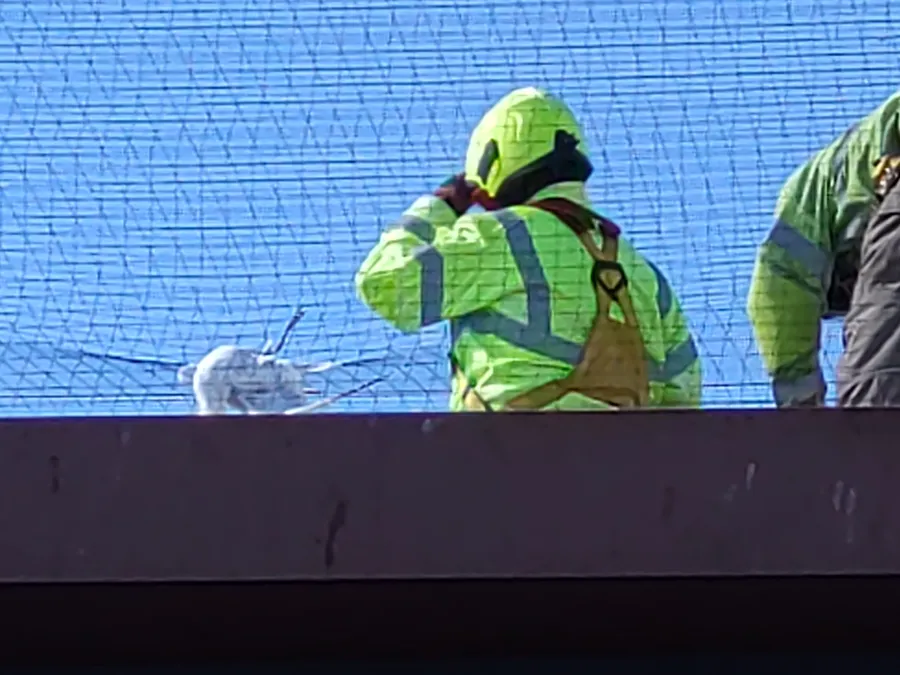Netting used to “proof” buildings is becoming a serious menace to gulls and other wild birds across West Sussex and beyond. Intended to prevent birds from roosting or nesting, poorly installed or neglected netting often traps birds, leaving them to suffer slow and painful deaths.

Herring gulls, in particular, are at risk. Once a familiar sight along our coasts and towns, their numbers have dramatically declined. Today, herring gulls are classified as “Red” under the Birds of Conservation Concern, making them a priority for conservation action.
Importantly, gulls, their chicks and their nests are protected by law under the Wildlife and Countryside Act 1981. It is illegal to intentionally kill, injure, or take gulls, to destroy their eggs, or to damage or remove any nest in use or under construction without a special licence.
There is further legal protection under the Animal Welfare Act 2006. Wild animals, including all wild birds subjected to management or pest control techniques, are protected because they are considered to be “under the control of man” (for example, caught in a net, trap, or by hand). A person commits an offence if:
- their action, or failure to act, causes an animal to suffer, and
- they knew or ought reasonably to have known that their action or inaction would likely cause suffering.
This means that if a bird is trapped in netting on a roof and you are aware of it but fail to take steps to prevent its suffering, you are committing a crime.
Property owners and managers must ensure that any bird-proofing measures they install are safe, legal, and properly maintained. Leaving birds trapped in netting not only causes unacceptable suffering — it also breaches the law.
At West Sussex Wildlife Protection, we urge everyone to report trapped birds immediately and to call for the removal of dangerous netting wherever it is found. By speaking up, we can help protect these vital members of our wildlife community and ensure that our towns and coasts remain alive with their calls for generations to come.
